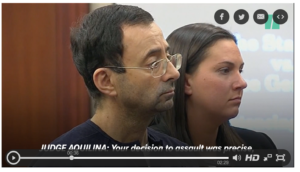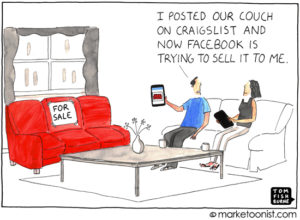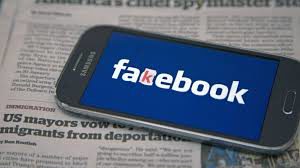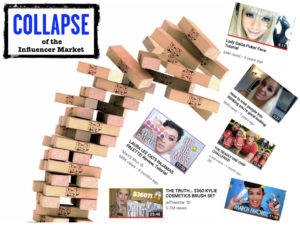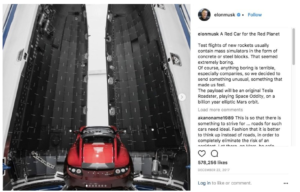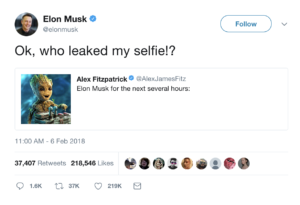Who doesn’t like the idea of creating more attractive content for their audiences? And who doesn’t want to attract a wider and larger audience?
In the last week, Skyword and Media Update have both written about increasing the effectiveness of visual content. What each had to say is relevant to marketers, as most people remember information better when it is presented visually rather than when it is presented through text . In fact, visual content is said to increase the effectiveness and engagement of a post (Sheetrit, 2018). Instagram also apparently has higher post reach than any other social media network (Media Update, 2018). If you look at the graphic above (Bingham, 2015), you’ll see the impact that visual content has.
Based on this information, and more presented in the two articles, it is imperative for marketers to not only know that visual content has an impact, but how to do it right. It is not just about doing it — it is about doing it well and effectively.
Another article, published on Search Engine Journal, highlighted ways to use visual content effectively. These suggestions included making sure to use visuals in across all content, being creative, being consistent across platforms (remember our discussions about Apple a few weeks back?), using the right, high-quality images, creating content that can be repurposed, and utilizing user-generated content (Sheetrit, 2018).
The Skyword article not only reminds its audience that visual content is important, but also goes into detail about how to create copy to go with visuals. In other words, it is reminding marketers that words and visuals need to go together. We can’t make the mistake of relying solely on visuals or solely on text. We need to create content that works together to appeal to a wide audience. The article highlights why it is actually a challenge to piece together visuals and text. You don’t want your text to take away from your visual, and you need the visual and the text to work together — in limited space. Lam (2018) writes that it is not easy and goes on to say, “you’ll need to make each word count” (para. 7). Some of the suggestions that stood out in this article to me including collaborating with the designer of the visual content, honing in on your message, writing for an emotional pull, and keeping in mind how the visual already tells the story (Lam, 2018).
Questions to consider:
How are you already using visual content in your marketing communications? How could you incorporate more visual content?
In regard to the “less is more” principle that Lam (2018) wrote about for text copy, do you think less is more also applies to visuals? In other words, is it possible to overdo the visuals?
What is some of the most effective visual + text content you have found/seen?
References
Bingham, P. (2015, March 25). The 10 rules of visual content marketing. Retrieved from https://www.shuttlerock.com/articles/the-10-new-rules-of-visual-content-marketing/.
Lam, J. (2018, Feb. 9). When less is more: Writing great copy for visual content. Retrieved from https://www.skyword.com/contentstandard/storytelling/when-less-is-more-writing-great-copy-for-visual-content/.
Media Update (2018, Feb. 15). How visual content marketing increases engagement. Retrieved from https://www.mediaupdate.co.za/marketing/143402/how-visual-content-marketing-increases-engagement.
Sheetrit, G. (2018, Jan. 19). 6 ways to master the art of visual marketing content. Retrieved from https://www.searchenginejournal.com/master-visual-content-marketing/232191/.





